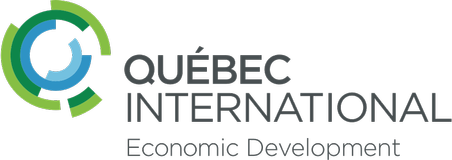Our demographic report for 2021 has shown that population growth is more than ever a challenge for the Québec City CMA, with gradually smaller annual increases. Analyses have shown that the proportion of natural increase in the overall population growth continues to shrink. Although the number of births is stable and should remain stable for the next decade, deaths will significantly increase due to population aging, which will ultimately lead to a negative natural growth rate. Local family policies that encourage births while also attracting young families across Quebec and Canada are essential to continue to leverage natural increase in the CMA’s demographic dynamics.
Analyses have also shown that the Québec City CMA is doing well in terms of intraprovincial migration, with a positive net result in 2021 (+538). Once again, significant gains in the 15–24 age category in 2021 (+1,223) were completely outweighed by losses in the 24–54 (-484) and 45–64 ( 696) age categories. Attraction and retention policies that target specific age groups will help improve net migration in the province of Quebec so that this component can have a stronger effect on the population increase.
Given the current conditions with limited natural increase and net intraprovincial migration, international immigration and non-permanent residents will remain the primary mechanisms to maintain the CMA’s demographic vitality. In that regard, Québec City could also improve its performance by attracting at least a number of Quebec immigrants that is proportional to its demographic weight in the province.
As a final word, it is important to repeat that demographic growth is vital and goes beyond the simple renewal of labour. Increasing the population, not only the number of workers but also families, children and younger people, is what helps maintain dynamic living spaces, neighbourhoods, services and infrastructure.
As an economic development agency in the Québec City region, Québec International makes this challenge a priority and promotes collaboration with economic, political and social stakeholders in the region.




